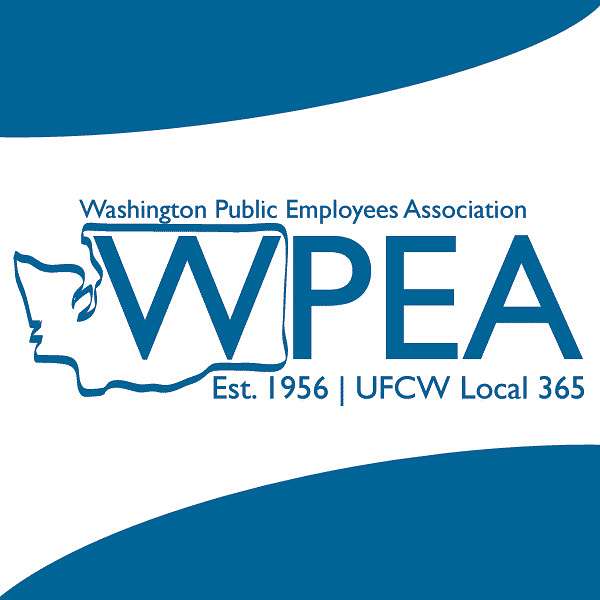
WPEA's Podcast
WPEA's Podcast
Inside Committees and Floor Debates
Legislature 104 – Inside committees and floor debates
Resources:
Legislative website: www.leg.wa.gov
TVW (C-Span for Washington State): www.tvw.org
Legislative hotline: 1-800-562-6000
Transcript
We last talked about the overall process of how a bill becomes a law. Today, we’re going take you inside a committee hearing, then we’ll talk about what happens during floor debates.
For most of session, committees are
where the action is. All through the first two cutoff dates – policy committee cutoff and fiscal committee cutoff – the legislature spends its time in committees, only spending most of their time on the floor in the couple of weeks between fiscal committee cutoff and floor cutoff.
Committees have three kinds of meetings: Public Hearings, where they get briefed on bills and hear public testimony; Executive Sessions, where they amend and vote on the bills; and Work Sessions, where they aren’t doing anything with particular bills, but instead might have topic area experts present information about issues relating to their committee. A single two-hour legislative committee meeting could have anywhere from one to all three of these kinds of activities.
[audio clip: “The committee will come to order...”]
A legislative committee has anywhere from 5 members to a couple dozen for the big fiscal committees such as Appropriations or Ways and Means. The chair of each committee is a member of the majority party, as are a majority of the members on the committee. The committee chair runs the meeting. They’ll gavel the meeting to order and might call on people to testify. They are assisted by a Vice-Chair, a member of their party, who might also call on people to testify during public hearings, and who typically makes the motions on bills that are brought up for executive session. Each committee also has a Ranking Member, a member of the minority party who is responsible for leading their party’s members on the committee. The Ranking Member is assisted by an Assistant Ranking Member, also of the minority party.
The legislators sit up on the dais, in rows or in a big horseshoe.
Also attached to each committee, sitting off to the side, is a handful of non-partisan analysts, a committee assistant and clerk, plus a partisan staff member from each caucus.
In the middle of the room, facing the legislators, is a table where people sit when they testify.
Then in chairs towards the back of the room, there’s the audience, made up of members of the public, lobbyists, and reporters.
Public Hearing.
Public hearing on a bill starts with a briefing from the non-partisan committee staff. The staff here will describe what the bill does. Non-partisan staff are scrupulously careful about describing the bill in the most accurate and fact-based terms, without having an opinion about the benefits or drawbacks of the bill.
After the staff briefing, the prime sponsor will speak to their bill. Many times, the prime sponsor is a member of the committee. Otherwise, the sponsor will take a break from their committee or other work to come and speak to the reason they introduced the bill. Then it’s time for the public to speak. Anyone can sign up to speak to a bill, in favor or in opposition. Sometimes no one wants to speak to the bill, sometimes, on a controversial bill, there may be dozens signed up. If the committee has a full schedule with a lot of bills and a lot of people wishing to testify, the committee chair may limit folks who testify to just a few minutes to speak.
For the full transcript please click here.